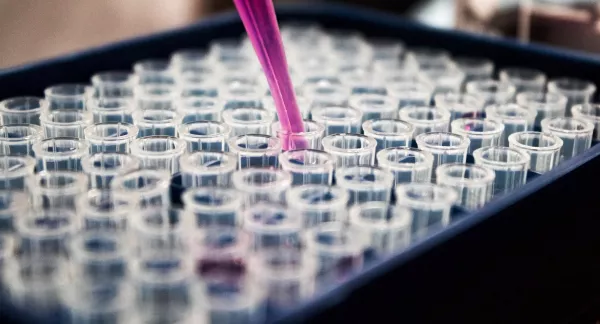Development and Validation of a Real-Time Fluorescence Sensor Prototype for Early Detection of Nitrification in Drinking Water Distribution Systems
Abstract
Nitrification in drinking water distribution systems leads to the loss of chloramine residual, which in turn allows for the proliferation of harmful bacteria that can sicken consumers. Currently, nitrification is detected by the production of nitrite, which stems from biological ammonia oxidation. There is a need for an early warning indicator of nitrification to enable drinking water utilities to more quickly and efficiently take action to curb nitrification. Building on project 4687, which demonstrated that the fluorescence intensity signal at certain excitation and emission wavelengths increased relative to a corrective action threshold prior to measurable nitrite production, this research developed and validated a real-time fluorescence sensor prototype for early detection of nitrification in chloraminated drinking water distribution systems. Published in 2022.


